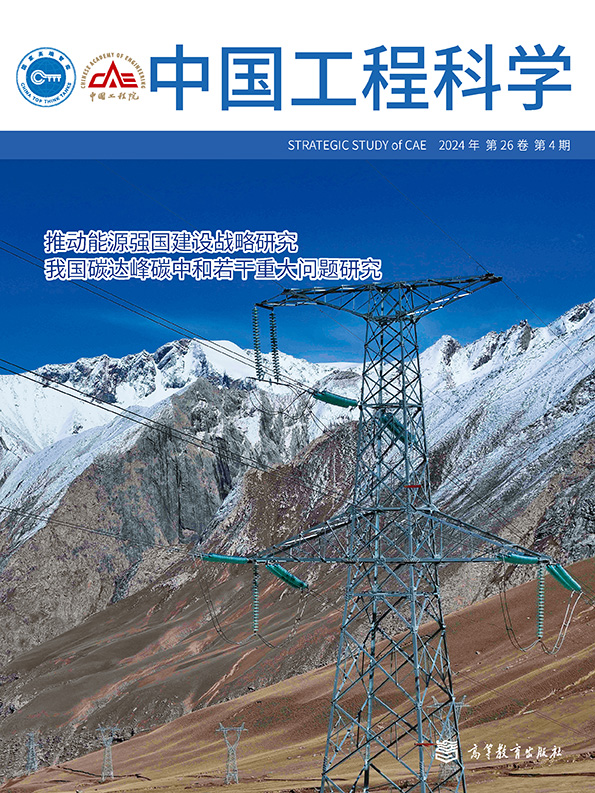Evaluating the Methods for Assessing Implementation Effects of River Chief System in China
引用次数: 0
Abstract
Establishing a river chief system is stipulated in the newly amended Law of the People’s Republic of China on Prevention and Control of Water Pollution, which clarifies the liability of party or administrative heads at various levels for water environment rehabilitation in their own administrative regions. In this article, we analyze the implementation effects of the river chief in China, current assessment methods, and their deficiencies, and propose two quantitative assessing methods: (1) comprehensive water quality assessment for the cross sections of rivers and lakes and (2) assessment using the pollutant load intercepting rate of sewer networks, aiming to improve the scientific rationality for effect assessment of the river chief system. With Suzhou Creek rehabilitation in Shanghai as an example, application of the comprehensive water quality assessment method was introduced. By analyzing the pollutant load intercepting rate in various provinces (autonomous regions or municipalities) in China, we find that on average 34% wastewater is still discharged into water courses in an untreated state, leading to repeated occurrence of water quality deterioration. Introducing the comprehensive water quality assessment and the pollutant load intercepting rate into the river chief assessment will effectively push the government at all levels to concentrate their human, material, and financial resources onto urban drainage network correction and the interception of pollution sources discharged into watercourses.中国河长制实施效果评价方法研究
新修订的《中华人民共和国水污染防治法》规定建立河长制度,明确了各级党政首长或者行政首长在本行政区域内的水环境治理责任。本文分析了河长制度在中国的实施效果、现有评价方法及其不足,提出了两种定量评价方法:(1)河湖断面水质综合评价和(2)污水管网污染物负荷截留率评价,旨在提高河长制度效果评价的科学合理性。以上海苏州河整治为例,介绍了综合水质评价方法的应用。通过分析中国各省(区、市)污染物负荷截留率,我们发现平均有34%的废水仍处于未经处理的状态排入河道,导致水质恶化的情况反复发生。在河长评价中引入综合水质评价和污染物负荷截流率,将有效推动各级政府将人力、物力、财力集中到城市排水管网整治和河道污染源截流上。
本文章由计算机程序翻译,如有差异,请以英文原文为准。
求助全文
约1分钟内获得全文
求助全文
来源期刊
自引率
0.00%
发文量
4428
期刊介绍:
"Strategic Study of CAE" is supervised by the Chinese Academy of Engineering, hosted by the Strategic Consulting Center of the Chinese Academy of Engineering and Higher Education Press Limited Company, and published by the Strategic Study of CAE Editorial Department. This journal is one of the "1+9+1" series of journals of the Chinese Academy of Engineering, and its editorial board is the Consulting Working Committee of the Chinese Academy of Engineering.
This bimonthly journal is published in Chinese. It is a core Chinese journal and a core journal of Chinese science and technology, included in the Chinese Science Citation Database (CSCD), the Japan Science and Technology Agency (JST) database, and the Swedish DOAJ database.
The journal is positioned as an academic journal for strategic consulting in engineering and technology, mainly publishing academic papers that reflect the results of strategic consulting research in China's engineering and technology. It aims to provide counsel for the government's scientific decision-making, guidance for the industry's scientific development, and references for related academic research.

 求助内容:
求助内容: 应助结果提醒方式:
应助结果提醒方式:


